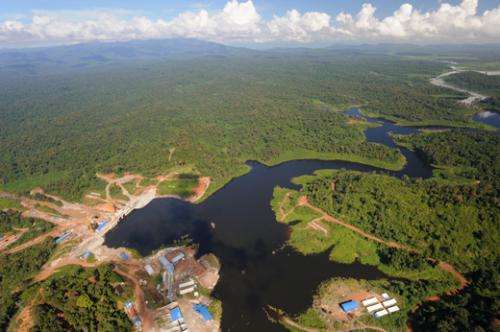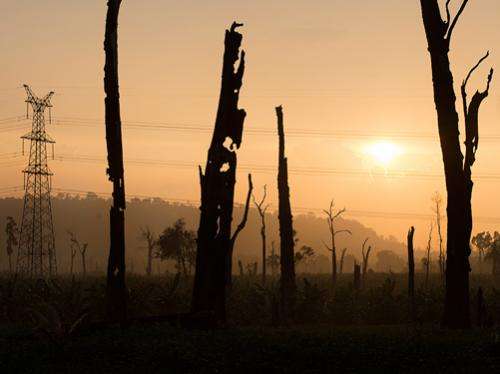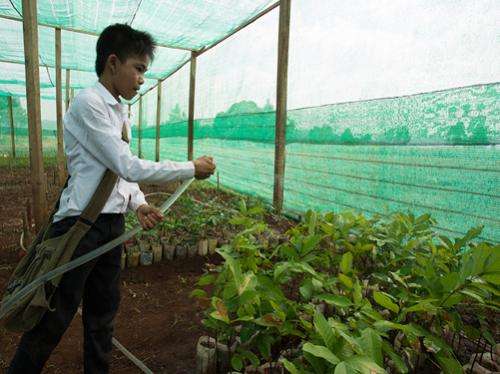Fauna & Flora International trials new approach to forest conservation

A new pilot project aims to put financial responsibility for conservation in the hands of the businesses that benefit from healthy ecosystems.
Fauna & Flora International (FFI) has announced that it is trialling a new incentives scheme in Cambodia to demonstrate how such an approach might be used to mitigate environmental damage caused by hydroelectricity dam developments in the Cardamom Mountains.
Ecosystems provide many goods and services that people and businesses need to survive and operate, such as clean water and erosion control. However, these ecosystems are underpinned by a complex web of species, which means that as biodiversity declines, so does an ecosystem's ability to provide environmental goods and services.
Incentives for Ecosystem Services is a scheme that aims to preserve and enhance biodiversity by providing direct incentives to individuals or organisations that manage the land. For instance, incentives or direct payments are provided to land managers by commercial companies who are profiting from services provided by the environment, to ensure that the land is managed sustainably.
As Project Manager Dr Joel Jurgens explains: "Stung Atay hydrodam development in the Cardamom Mountains has allowed us to explore the possibilities of using an incentives system to prove that development and conservation are not mutually exclusive.
"Degradation of the dam catchment area through logging, land clearance and poor agricultural practices will negatively affect the efficiency of electricity production through excess siltation and irregular water supply. So, by protecting the watershed, the production of electricity is enhanced while also maintaining a healthy ecosystem. In this way, the environment and the developers can both benefit."

One of the advantages of this approach is that it places the financial responsibilities of conservation on those who directly benefit.
By contrast, current conservation measures generally involve NGOs receiving funds from granting agencies and dispersing a portion of these funds directly to communities, which is neither efficient nor financially sustainable.
The incentives method being piloted in Cambodia removes the need for this complex donations procedure and promotes a greater sense of ownership of conservation activities among communities and government officials. In the longer term, it is hoped that this will gradually remove the need for foreign NGO participation with the entire process ultimately passed over to the Cambodian government.
Giving people the chance to join in
This new pilot project forms part of FFI's Sustainable Provisions for Ecosystems Services (SPES) programme, which recognises the importance of involving local people in the process.

The team will therefore build on FFI's history of community engagement in the Cardamom Mountains to increase the participation of local inhabitants in land management and ensure that they benefit from the incentives.
Among other activities, FFI has established a tree and vegetable nursery within a local school, where children are learning hands-on approaches to conservation. These trees and vegetables, along with agroforestry plans developed by a technical advisor, will be given to community conservation wardens to support their participation in the protection of biodiversity in the catchment.
Meanwhile, other community members are also receiving training, using course material the SPES team has developed.
"In the long term, we hope that this project will take us from giving purely financial support for conservation to a more sustainable model that improves biodiversity and ecosystem services while also enhancing the livelihoods of the local people," concludes Joel.
Provided by Fauna & Flora International



















